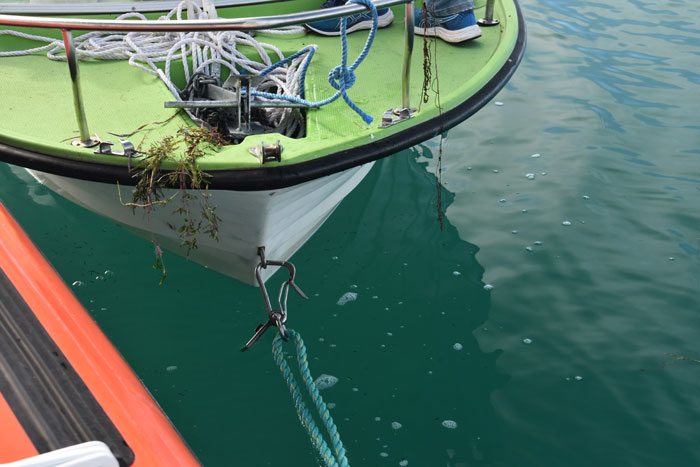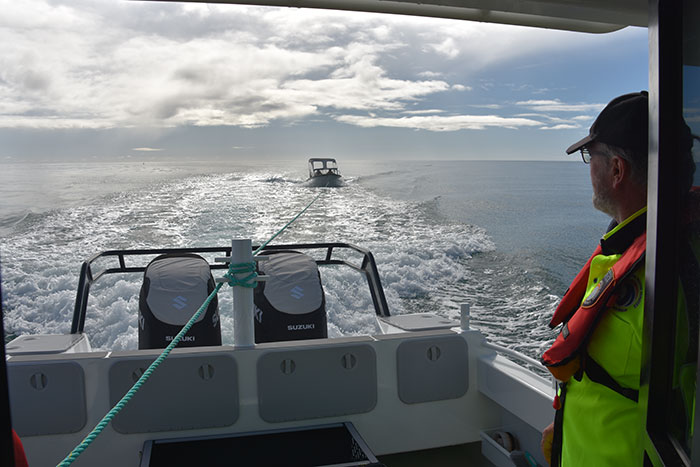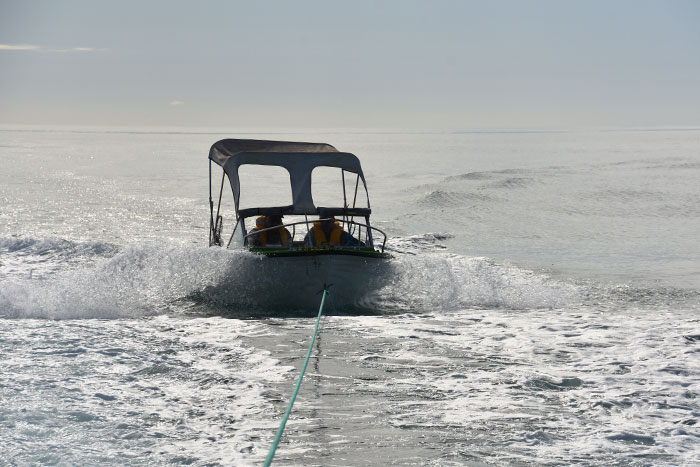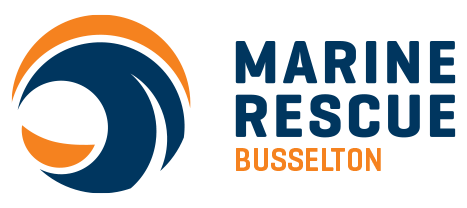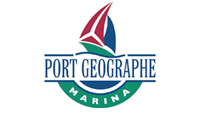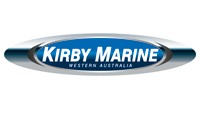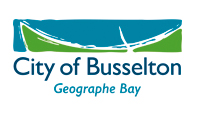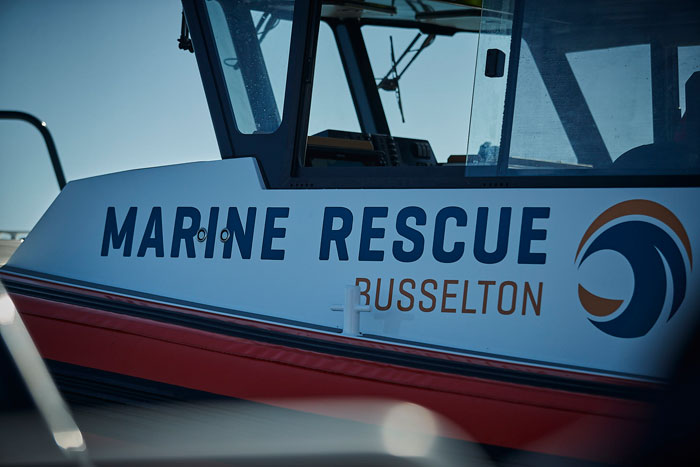WHAT TO DO IN AN EMERGENCY OR IF ASSISTANCE IS REQUIRED
If there is an emergency and lives may be at risk
- Call 000 as the first option if mobile reception is available, or
- Radio VHF channel 16 or VHF channel 80 to speak to ACRM and/or other boat users.
If it is not an emergency but you still need assistance to get back to shore:
- Water Police: for general assistance call 131 444
- Marine Rescue Busselton: 0407 755 715
- Call ACRM on your radio on VHF channel 16 or VHF channel 80
If you cannot contact the above:
- Use your radio on VHF channel 16 or 80 to ask for assistance from other boat users, or
- Use your flares to alert other nearby boats.
What happens in an Emergency?
After Marine Rescue Busselton is informed there is an emergency and/or assistance is required:
- The rostered duty skipper will contact all rostered crew members;
- Crew members will assemble at either Marine House or at the Pt Geographe marina depending on what rescue vessel is to be used;
- The rescue vessel will be readied to be put to sea and required pre-departure checks undertaken;
- The rescue vessel will be launched;
- The rescue vessel will contact the Control Room by marine radio and inform them of crew details and various other safety related details;
- The rescue vessel will request from the Control Room any updated details of the emergency including the location - and set a heading for the skipper to follow;
- The rescue vessel will attempt to contact the boat that needs assistance and if this is achieved keep in contact with that boat until face-to-face contact is made. Preferably this would be by marine radio, but it can also be by mobile phone;
- The rescue vessel will keep in contact with the Control Room and keep them informed of any developments and vice versa;
- The skipper of the rescue vessel will determine how the assistance will take place once the boat has been reached and the issue assessed;
- The skipper is required to complete some paperwork about the rescue once all are back ashore. This may need input from the persons on the boat that has been assisted.
During this time, the Control Tower personnel will (if necessary) also be liaising with other emergency departments such as the Water Police or other vessels depending on the type, size, or scale of the emergency.
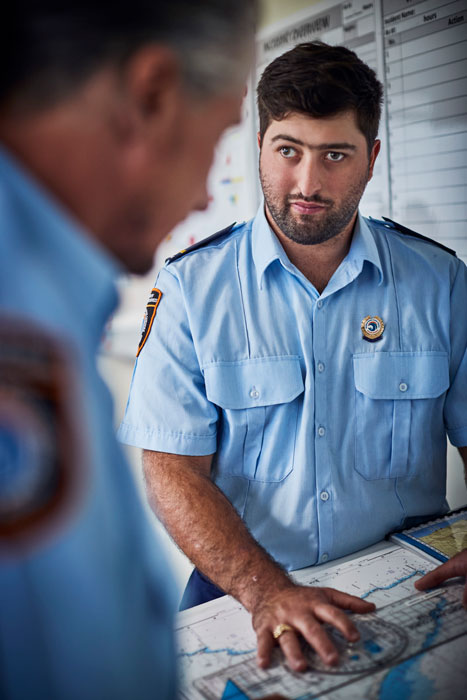
What to do when waiting for assistance
If you have an emergency the skipper of the boat to be rescued/assisted MUST carry out the following:
- Ensure everyone puts on their life jackets.
- Collect your EPIRB and flares and keep close to you.
- Deploy your anchor if the water depth allows it.
- Keep your radio on VHF channel 16 and monitor it.
- Determine your position (if you are able) and inform the emergency personnel.
- Organise a light but strong rope and have it available to enable you to lash everyone together if you have to get into the water.
- Have a discussion with all on board and inform them of what each must do in the event you may need to get into the water. This will include who will give the instruction, how you all should do it, what you will take (including all other floatable devices such as eskies etc), and from what side of the boat. Keeping together is important.
- Ensure all fishing lines and other items that may tangle with your prop or the rescue vessel’s prop are brought into your boat.
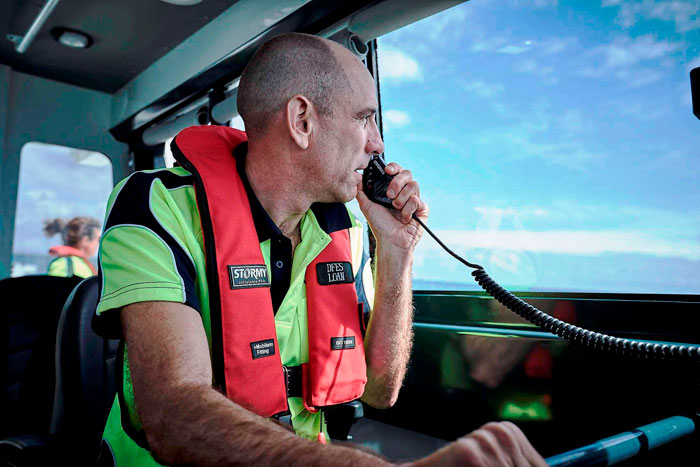
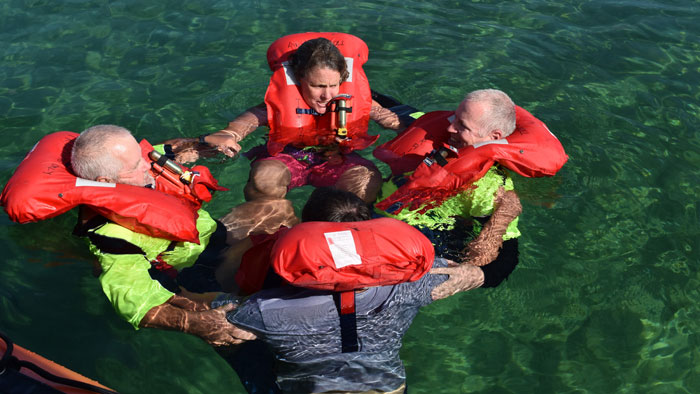
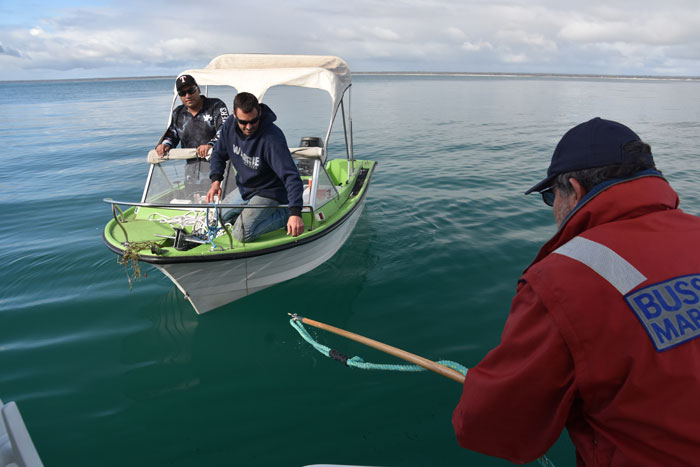
Being towed
The most common rescue requires a boat to be towed to shore because of engine or battery issues.
The general approach for towing is for a snap clip to be attached to the bow ring – where the trailer winch line attaches to the boat to be towed. This will be done by the rescue vessel crew.
The tow line on the snap clip will be attached to the rescue vessel and an appropriate length of tow line let out according to the sea conditions.
The boat will be towed to the departure point or depending on conditions – the safest anchorage. The boat may be 'rafted' up against the side of the vessel to allow safe manoeuvering to the jetty or ramp.
